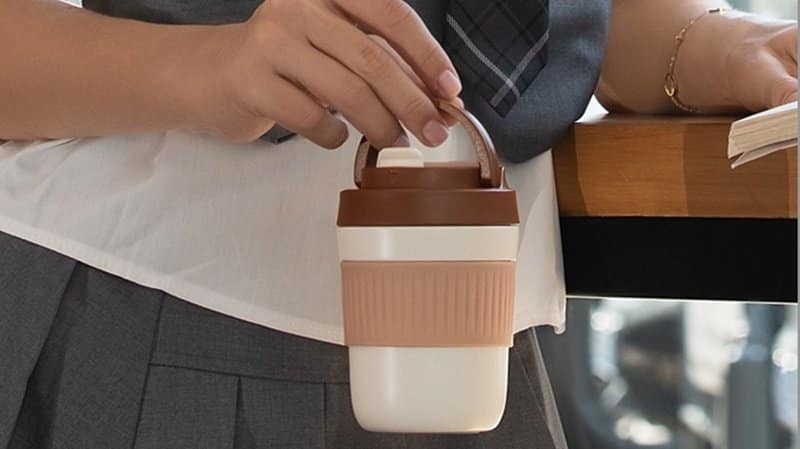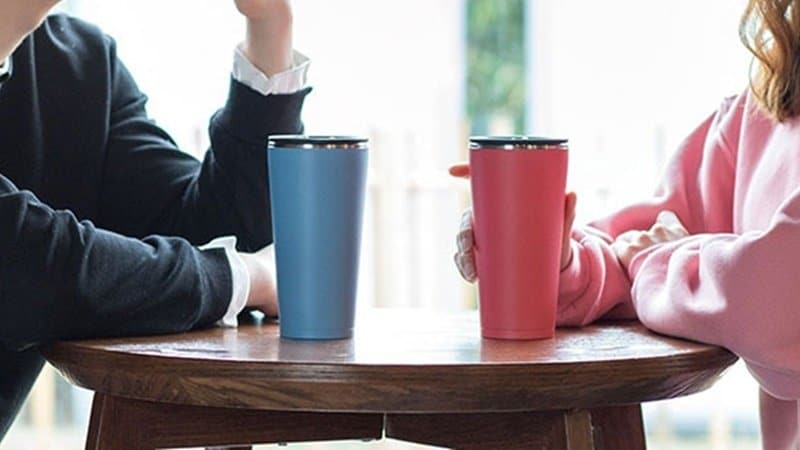What Can You Not Put In A Stainless Steel Bottle?
Stainless steel bottles are a great way to keep your drinks cold, but there are certain things you should avoid putting in them.
Last Updated on March 11, 2024 by Tina ShaoAccording to the shortcomings of the stainless steel bottle, and considering the high temperature and chemical reaction, the following three liquids are not recommended to be put into the stainless steel bottles.
Do Not put Lemonade in stainless steel bottles.
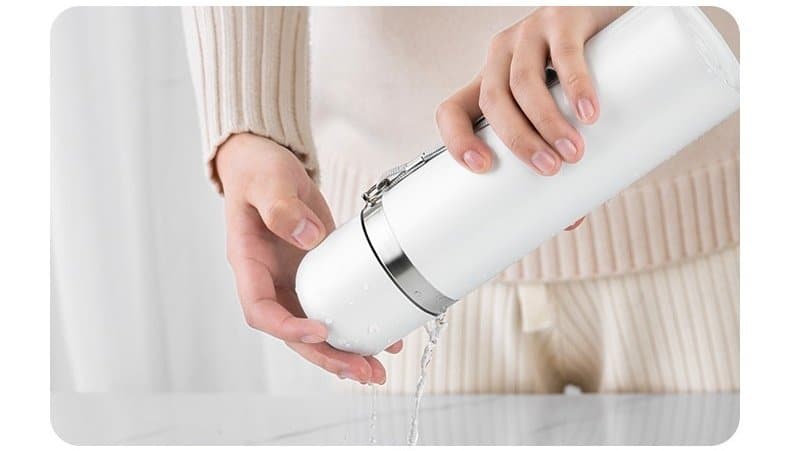
Bottles are a great way to store your drinks and keep them cool. However, there are some things you should never put in a stainless steel bottle. One of these things is lemon juice.
If you’ve ever put lemon juice in your stainless steel bottle and then noticed a funny taste or smell, it’s not because the bottle is dirty (or at least, this shouldn’t be the case)
Lemon juice is an acidic liquid; when it comes into contact with your bottle’s stainless steel inner wall, it will react and damage its interior surface. Left untreated, this can result in rusting or corrosion—not what you want!
The best thing to do is avoid putting lemon juice in your stainless steel bottle. Use a glass tumbler instead to add some citrus to your water.
Do Not put Hot Milk in stainless steel bottles.
Hot milk is one of the things you should never put in a stainless steel bottle.
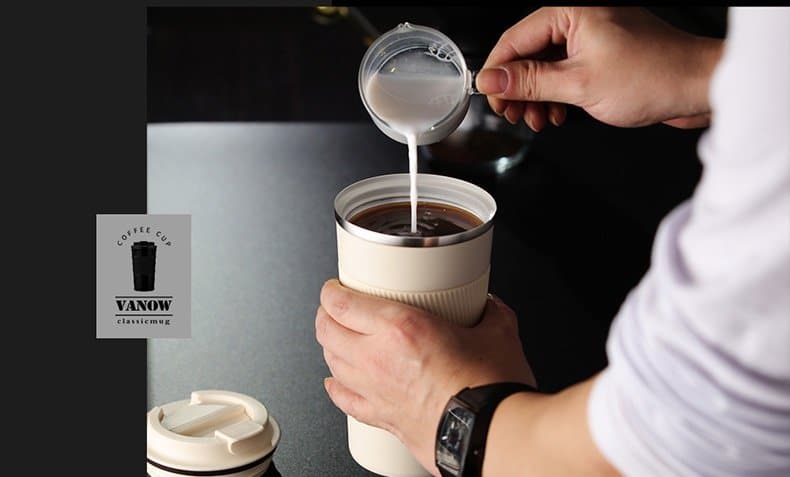
Suppose you have put hot milk into your stainless steel insulated bottle for a long time. In that case, this allows microorganisms in the milk to rapidly multiply at a suitable temperature (high enough for them), causing spoilage and quickly causing diarrhea or abdominal pain.
So, keeping your bottle nice and cool is essential to avoid contamination. If you let hot milk go into your stainless steel bottle, let it sit for at least an hour before drinking it again. This will ensure that all those nasty microorganisms have died off—and won’t make you sick!
Also, vitamins and other nutrients get destroyed When the milk is in a high-temperature environment (such as sitting on top of your car while still warm). Therefore, it is better not to much longer than 3 minutes after heating up before drinking!
The most important thing you can do to maintain your stainless steel bottle is to clean it properly. This means using soap and warm water but never letting the bottle sit in soapy water for 10 minutes. A good rinse with cold water will help remove any residue left behind by the soap.
Do Not put Hot Tea in stainless steel bottles.
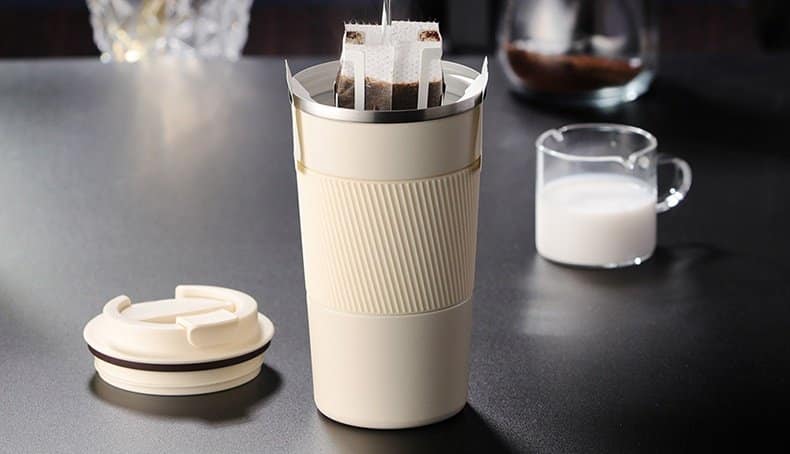
You should not put in hot tea.
You should not put hot tea in a stainless steel bottle for many reasons. One of the main reasons is that the metal can react with the ingredients in your drink and cause it to taste different or even make it toxic.
Tea is unsuitable for long-term soaking because soaking time is too long, and tea may release heavy metal substances and other harmful ingredients such as caffeine, tannin acid, and even lead. The best temperature for brewing tea is 80 °C (176 °F).
The most important thing to remember is that stainless steel is not unbreakable. It can be damaged if you drop, throw, or otherwise subject it to stress. It is also best not to keep tea in for a long time in the fridge.
Are stainless steel bottles safe to drink from?
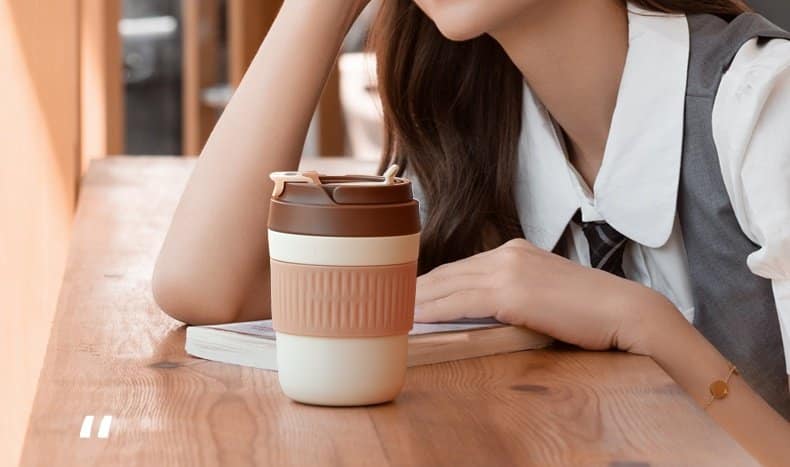
Stainless steel is safe to drink from. There is no scientific evidence that stainless steel bottles leach chemicals into your water, so you can rest easy knowing that your bottle won’t affect the taste or quality of your water.
Stainless steel is also safe for food storage. If you use a stainless steel bottle for long-term storage, store it in a cool, dry place (like the back of your refrigerator). That way, it won’t rust!
You can also use stainless steel bottles for hot or cold beverages. You only need to watch out for condensation—you don’t want your bottle to become a breeding ground for bacteria! To avoid this problem, wipe it down with a clean towel after each use.
Is it OK to put orange juice in stainless steel?
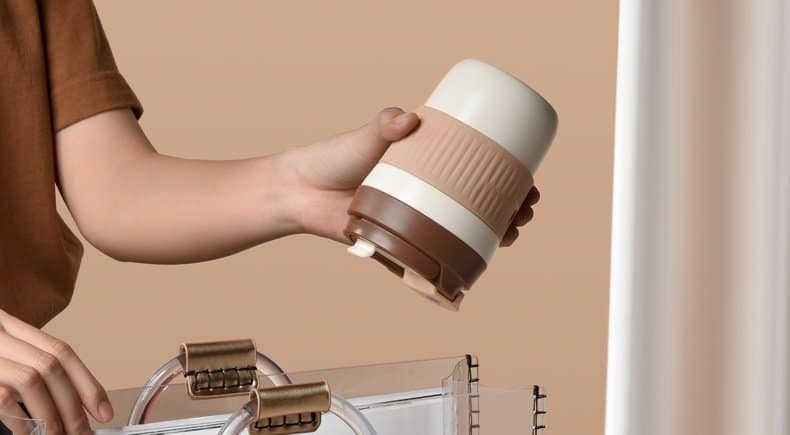
Stainless steel is an alloy of nickel, chromium, and iron specially designed to be corrosion-resistant. While it may not be the most nutritious beverage you enjoy daily, orange juice has some health benefits and nutritional value (depending on your brand choice).
In addition to being rich in vitamins A & C and potassium, orange juice contains a small amount of citric acid: around 0.1% by weight. This makes it mildly acidic—but not so much so that it would corrode stainless steel.
Stainless steel can withstand immersion in orange juice (a very mild acid) without corrosion because the alloy has a high affinity for oxygen ions that reduce the hydrogen ion concentration at its surface; this leads to passivation from these species, which prevents further corrosion reactions from occurring at this location.
Does stainless steel react with juice?
Stainless steel does not react with almost all juice(except lemon juice) and is generally considered safe for storing and drinking your favorite citrus beverage.
However, before adding juice to your bottle, you must clean it. This will remove any bacteria or other contaminants inside the container that could ruin your day (and make you sick).
If, for some reason, your stainless steel bottle starts tasting funky after you add juice in there (and then again after rinsing), this may be an indication that there are still traces of soap left on the surface.
You can try washing it under hot water with soap or purchasing a different cleaner to eliminate these stains.
Can you put stainless steel water bottles in the fridge?
You can put a stainless steel water bottle in the refrigerator to keep it cool. The best part of having a stainless steel bottle is that they don’t retain odor and won’t leave any residue on your non-stick pans, which means they work well at keeping your food fresh.
When you buy a quality stainless steel water bottle (like the ones we’ll talk about below), it will always keep liquids cold for hours, no matter how long you have it. This makes them perfect for drinking cold beverages during hot days like summer or even winter when you want something warm but don’t want to use plastic bottles filled with hot liquid.
Can you put coffee in a stainless steel bottle?
“Yes, you can put coffee in a stainless steel bottle,” says Radhika Rao, an industrial engineer who has studied the topic extensively. “But you need to ensure it’s not too hot—not more than 120 degrees Fahrenheit.”
This is because there is no chemical reaction between hot coffee and stainless steel. You can avoid this by ensuring your beverage is at room temperature or below before adding it to your bottle.
FAQs About What can you not put in a stainless steel bottle
Can you put soda in stainless steel water bottles?
You can put soda in your stainless steel water bottles. All carbonated drinks, including sparkling water and seltzer, will work fine in any grade of stainless steel bottle.
x
Does coffee ruin stainless steel?
No, coffee will not ruin the stainless steel. But stainless steel will make your coffee taste like metal.
Suppose this repeatedly happens with every single drink you make with your Stainless Steel Water Bottle (which is possible). Eventually, those walls will start tasting like metal because they absorb so much heat! It’s not toxic like lead paint or mercury poisoning, but it’s still not great!
What foods does stainless steel react with?
Stainless steel is inert, meaning it doesn’t react with food or transfer its constituent metals to the food significantly.
Can you put fruit in a stainless steel water bottle?
Yes, you can put fruit in a stainless-steel water bottle.
Your stainless-steel water bottle can cope with water infused with various fruits. However, avoiding adding citrus fruits is best if you want to keep your healthy drink tasting fresh for longer.
Can you put carbonated drinks in stainless steel bottles?
You can put any carbonated drink in any grade of a stainless steel bottle, but if you’re using a PET bottle (which is not recommended for airtight storage), it is best to store the beverage at room temperature.
Suppose the bottle is metal and will be used with a wooden cork. In that case, we recommend storing carbonated beverages in the refrigerator to increase shelf life and prevent bacterial growth.


